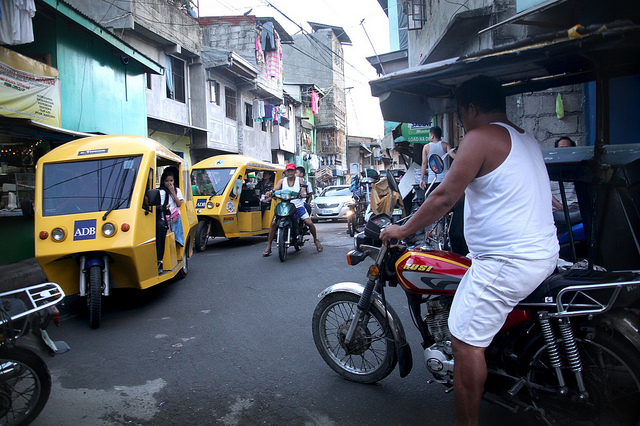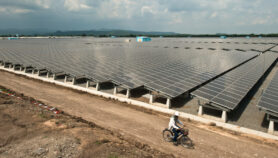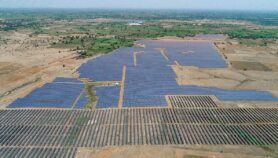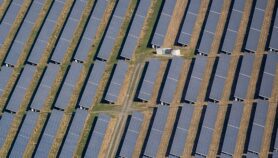By: Paul Icamina
Send to a friend
The details you provide on this page will not be used to send unsolicited email, and will not be sold to a 3rd party. See privacy policy.
[MANILA] The Philippines plans to introduce electronic tricycle taxis to replace its petrol-fuelled models, in a move that could cut carbon dioxide emissions by a quarter of million tonnes, further enhancing the country's position at the forefront of green transport in Asia.
Last week, the Asian Development Bank (ADB) said it would provide US$300 million to the project, which is due to begin next year. The Philippines government will provide an additional US$99 million.
SPEED READ
- Asian Development Bank pledges US$300 million for Philippines 'e-Trike' project
- Project aims to slash carbon dioxide emissions by around 260,000 tonnes
- E-vehicle supply chain set to create up to 10,000 jobs in the Philippines
Tricycle taxis are motorcycles fitted with passenger sidecars. They are one of the Philippines' most widely used forms of transport for travelling short distances. However, they are also responsible for more than two-thirds of air pollution generated by the country's transport sector, according to an ADB study.
The ADB estimates that there are 200,000 tricycles in the Manila metropolitan region alone, and about 3.5 million in the entire country. These tricycles use nearly US$5 billion of imported fuel every year and produce about ten million tonnes of carbon dioxide. They are also the single biggest source of particulate pollution in urban areas. The World Bank estimates that the total economic burden of air pollution to the Philippines economy is more than US$150 million each year.
The project aims to replace 100,000 petrol-fuelled tricycles with "clean, energy efficient" electric tricycles — or e-Trikes — in a 'lease-to-own' arrangement.
"Every 20,000 e-Trikes that are introduced to Manila's streets will save the Philippines 100,000 litres of foreign fuel imports each day, worth US$35 million annually," says the ADB's principal energy specialist, Sohail Hasnie.
It also means cutting annual carbon dioxide emissions by about 260,000 tons, according to the ADB.
E-Trikes will use lithium-ion batteries, a form of battery widely used in consumer electronics such as mobile phones, that can be recharged 2,000 times before being replaced. A test run earlier this year showed that tricycle operators more than doubled their incomes when using e-Trikes.
However, Bert Fabian, transport programme manager at Clean Air Asia, a partnership that promotes cleaner air and cities in Asia, said that once you look at the total emissions, the "benefits from savings in liquid fossil fuels might be watered down by transferring the energy required to power the trikes to, for example, imported coal [used to produce electricity for the batteries]".
There will be less local pollution as e-Trikes do not produce exhaust emissions, Fabian says. "But emissions of greenhouse gases such as carbon dioxide are transferred," he explains. "Instead of burning fuel and emitting tailpipe emissions, these are now emitted by the power plants that supply the electricity."
The ADB maintains that even when factoring in the electricity needed to charge the batteries, the tricycles' carbon footprint will be a quarter that of petrol-fuelled tricycles.
"E-Trikes are a cleaner, greener transport solution for the Philippines and provide a better quality of life for tricycle drivers," says Neeraj Jain, the ADB's country director for the Philippines. "This project can help transform transportation in the Philippines and positions the country as a leader in electric vehicle development in Asia."
It will also create up to 10,000 jobs during the five-year project implementation period, says Loreta Ayson, the Philippines' undersecretary for energy. The e-Trike supply chain will involve activities focusing on parts, battery supply and charging stations , including five off-grid solar charging stations.














